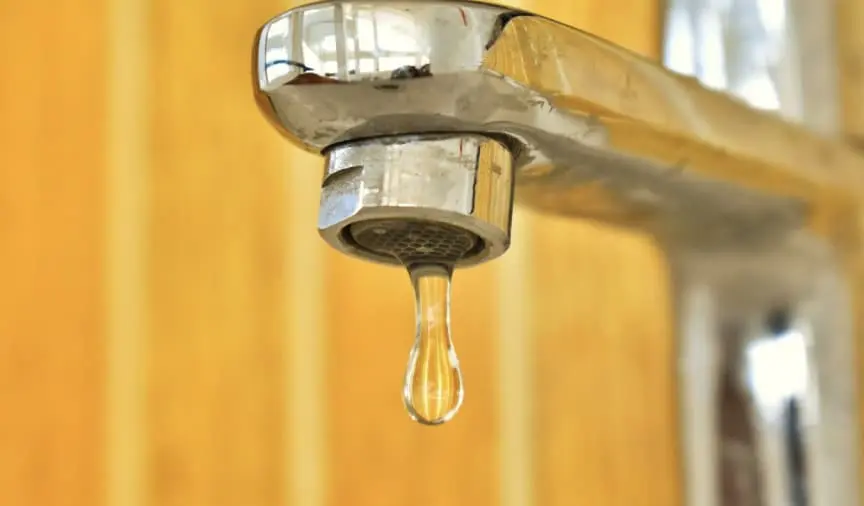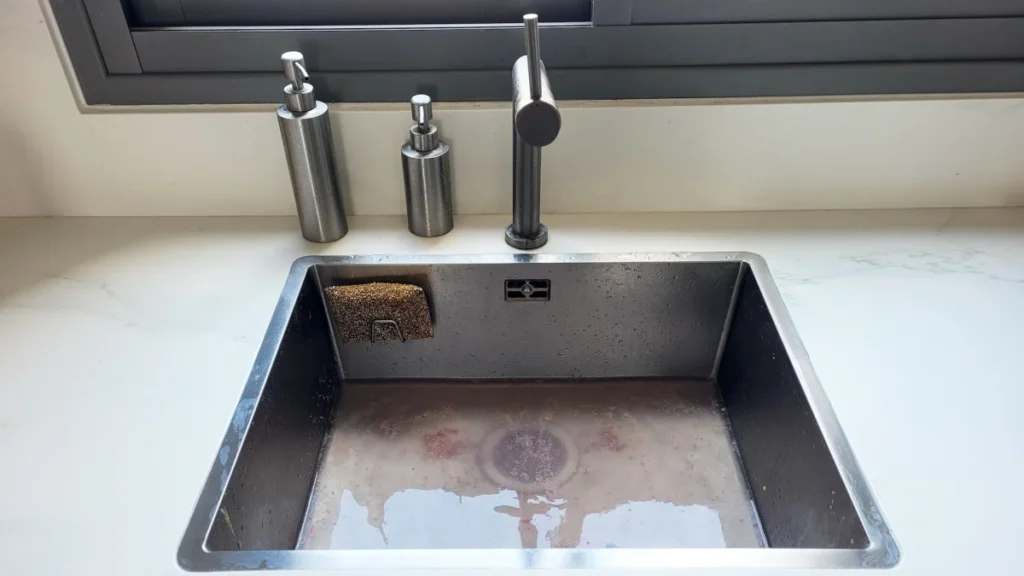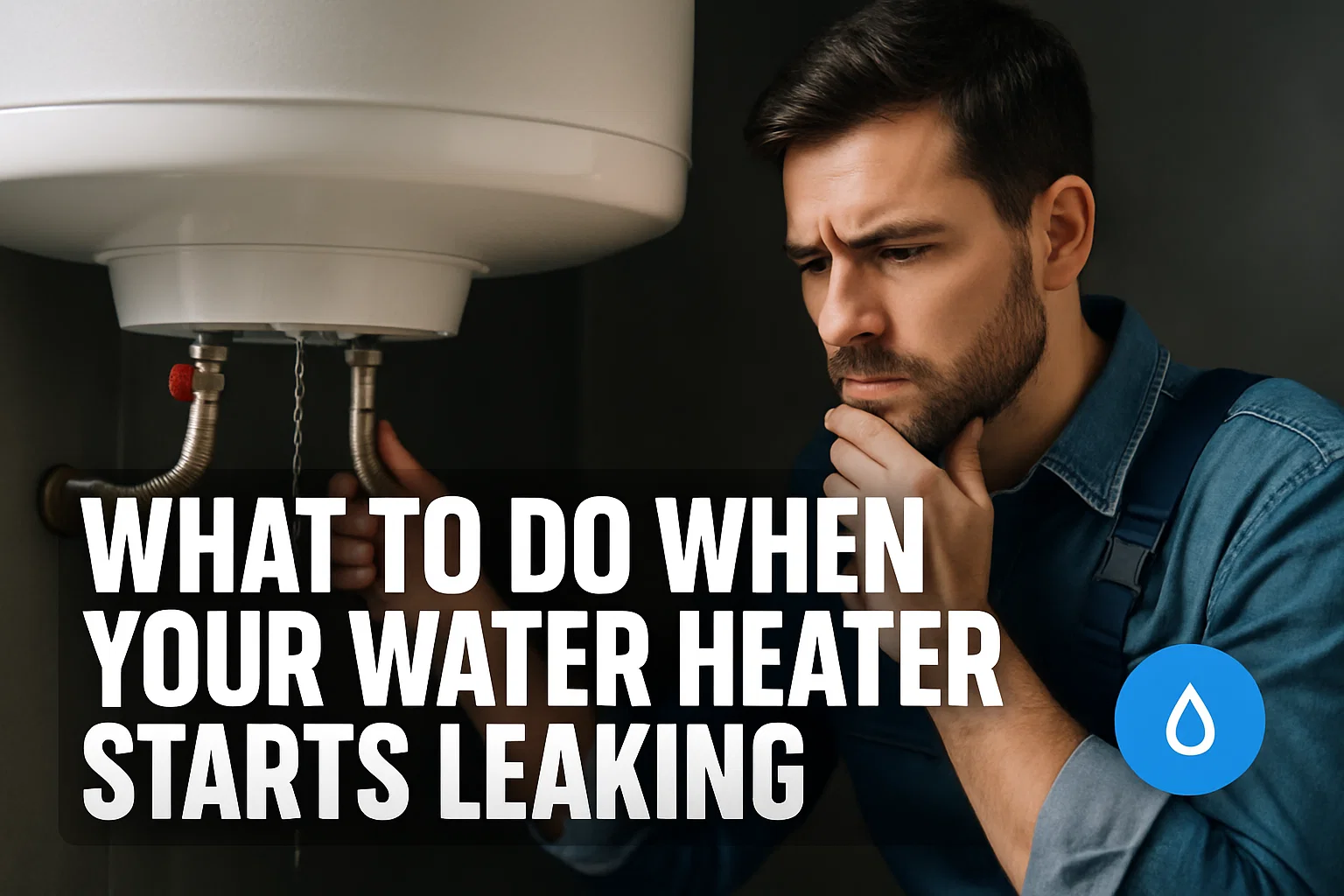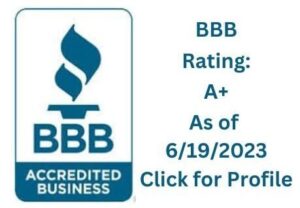Open the cabinet under your kitchen sink and check if water is dripping. Find it? It’s never a fun surprise. It might seem small at first, but it can lead to bigger problems in the future. It can result in mold growth, damaged cabinets, or even a high water bill. But how does dripping under the kitchen sink happen? We use the kitchen sink kitchen from washing dishes to rinsing food. Everything has an expiry date; the pipes and parts underneath can wear out or come loose. But you can fix the problems faster. Learn this guide!
Step-by-Step Guide to Repairing a Leaky Sink
You can fix the leaky sink with a proper process. Follow these steps to figure out the actual leaking reason or how to fix it. With proper guidance and a few basic tools, you can resolve this problem.
Turn Off the Water Supply: Shut off the water to prevent any water from spilling out. There are two valves under the sink—one for hot water and one for cold water. Turn both clockwise until they stop. Otherwise, you can turn off the main water supply.
Clear Out the Area Under the Sink

Properly clean the area. Remove everything stored under the sink. Dry the space and put another towel on if it continues to drip. Use a flashlight to see the main issues.
Identify the Source of the Leak
If you have finished area cleaning, find the source of the leak. Check the pipes, joints, faucet base, and drain. Dry everything and then again turn on the water supply to check the pipes, faucet base, joint, and drain.
Tighten Loose Connections
If you notice any fixing or loose parts. Try tightening the connection, especially where two pipes or fittings meet. Moreover, over-tighten can crack the parts like plastic pipes while fitting. You can resolve the problem with a simple turn with a wrench.
Replace Worn-Out Washers or Seals
If you are not able to fix it in this way. Try other methods to fix the issue like the washer or rubber seal may be worn out. These parts can dry out or crack over time. Remove the old washer and replace it with a new one.
Check the P-Trap for Cracks or Blockage
The P-trap underneath your sink can cause sewer smells out your home. Moreover, it can also crack or clog. If you see signs of water or any damage around this curved pipe, remove it carefully. Clean it and for better improvement replace it.
Use Plumber’s Tape for Threaded Joints
We prefer you to use Plumber’s tape incase the leak is coming from a threaded connection. Wrap the tape around the threads before reconnecting the pipe. It is the best way to add an extra seal through tiny gaps at pipe. It is simple and inexpensive fix.
Test the Fix by Turning the Water Back On
After making your repairs, slowly turn the water supply back on. Let the faucet run for a minute and check all the joints and pipes you worked on. Watch carefully to make sure no water is leaking from the same spot—or anywhere else.
Monitor for Any Continued Dripping

After all, if you still find any complaint, take time and check again after a few hours or the next day. In some cases, leaks take time to work better. You can also check it by putting any cloth or towel under the sink for any new drips.
Clean Up and Replace Items Under the Sink
Finally, if you are successful in this process. Again, dry the entire area and put your items back in place. But still be secure and store the items in plastic bins, what if another leak happens. In this way, you can protect your property from future water damage.
Conclusion
A leak under the kitchen can be a bigger issue. So, it’s necessary to resolve it on time. First of all, you have to identify the main source from which the leak is coming. This will keep your cabinets safe and prevent damage. Furthermore, if you’re ever unsure about leaks, remember our professional plumbing services or repair support!
FAQ’s
There are a few common reasons. Why water might be leaking under your kitchen sink.
1. Worn-out seals or gaskets
2. Break down the parts and let water through.
3. Old or corroded metal pipes.
4. Damaged shut-off valves
There are many reasons, but the most common are:
1. Check the drain: If your sink is dripping. If the drain isn’t sealed properly, loose, then water sneaks through it. Tightening it or replacing the gasket might fix it.
2. Check P-trap—the curved pipe under the sink. If it’s loose, cracked, or damaged, it could be the reason for the drip.
You can start finding the source of a leak while running the faucet. Run your fingers along the pipes and connections to feel for moisture. Pay close attention to the shut-off valves, supply lines, and where they connect to the faucet. Furthermore, check right under the faucet fixture itself.


















